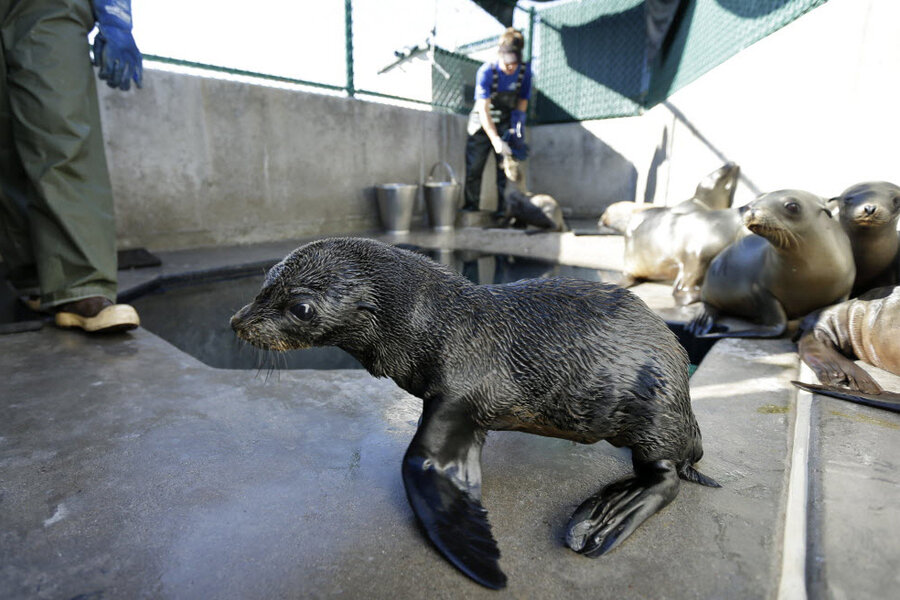Why are fur seals stranding themselves on California shores?
Loading...
The National Oceanic and Atmospheric Administration (NOAA) declared an “unusual mortality event” for Guadalupe fur seals this week after more of the animals were found stranded on the central California coast.
Strandings occur when marine mammals swim onto shore and become “beached” or stuck on land and they are unable to return to the water on their own. These seals breed almost exclusively on Guadalupe Island near Baja California, Mexico, more than 600 miles away from where the seals are washing up.
Since January, about 80 emaciated fur seals have stranded themselves on the California coast and 42 of the stranded seals were found dead. Only 11 of the 38 seals found alive survived long enough to be rehabilitated and eventually released.
NOAA has found stranded seals before, but the numbers this year are alarming by comparison. Between 2009 and 2014, the agency only handled approximately 10 strandings per year. This uptick is particularly troubling because the species is already listed as threatened under the Endangered Species Act.
The spike “demands immediate response,” said Justin Viezbicke, a NOAA coordinator in Long Beach.
By designating the strandings as a mortality event, NOAA can divert additional resources to study the seals. Researchers predict large-scale warming of the Pacific Ocean has played a role by forcing the seals’ food supply further north.
“We think that warm water conditions have really changed the range of quite a few of the forage fish species that the fur seals would be going after,” Toby Garfield, an official with NOAA’s Southwest Fisheries Science Center told reporters during a teleconference, the Associated Press reports.
Scientists also fear that El Nino, another ocean-warming phenomenon, could exacerbate the problem for several more months.
“It’s actually a big warning sign that we need to pay attention to what’s happening in our oceans,” Tenaya Norris, a scientist at the Marine Mammal Center in Sausalito where the seals were rehabilitated, said in a statement. “These stranded animals are just the tip of the iceberg in terms of animals affected by the unusually warm water temperatures we’ve been seeing off the coast.”
Guadalupe fur seals almost faced extinction from hunting in the 1800s, and the species has slowly recovered to about 10,000 individuals under the Endangered Species Act and Marine Mammal Protection Act.
Male seals can grow up to 7 feet and weigh in at 400 pounds.
This report contains material from the Associated Press.





